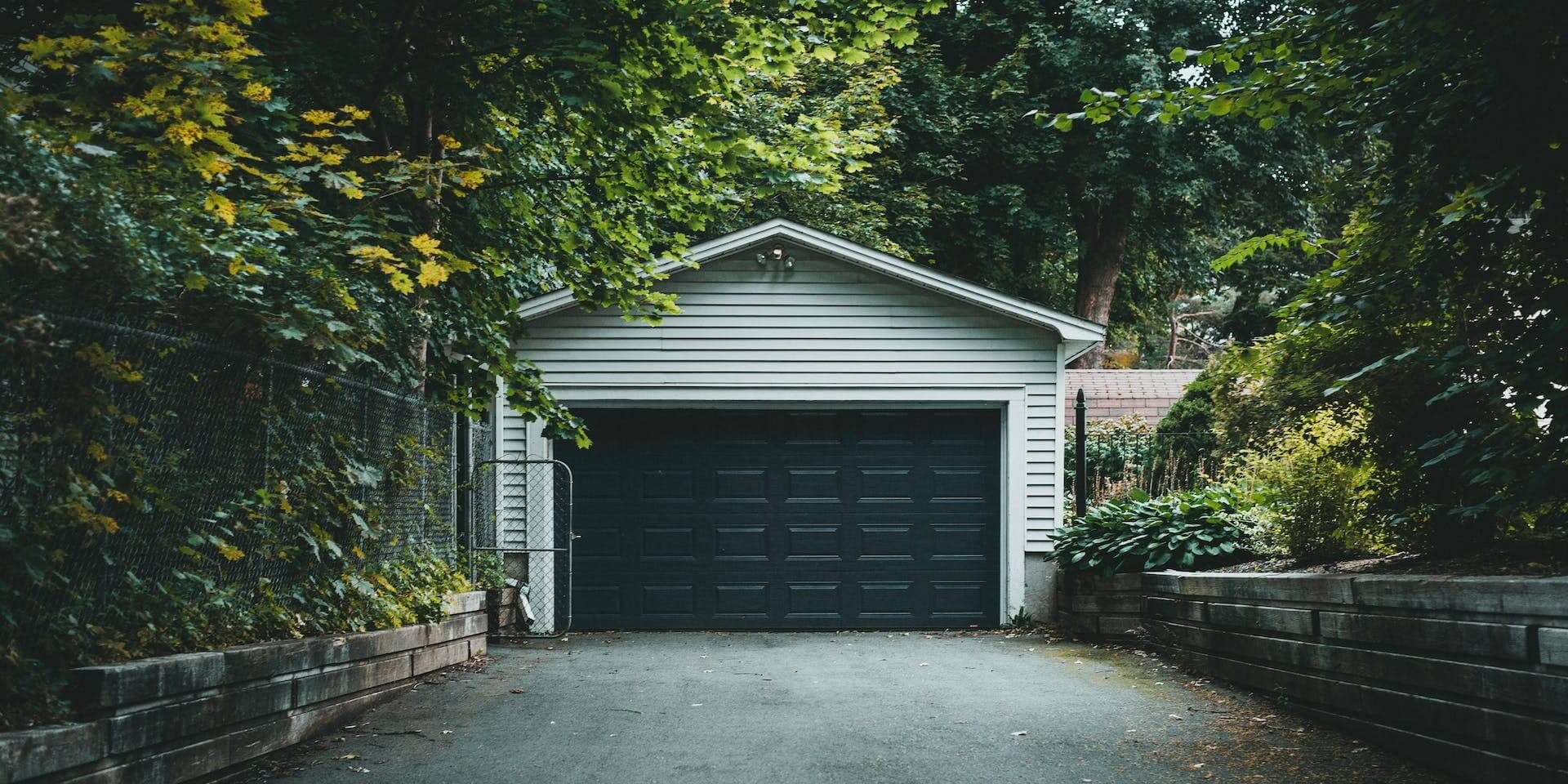Garage doors are an essential part of our homes, providing convenience and security. However, without proper maintenance and safety measures in place, they can become potential hazards. In New South Wales, ensuring the safety of your garage door is not just a matter of convenience, but a legal requirement. This blog will guide you through the importance of regular safety reversal checks, the legal obligations in NSW, and practical tips to protect your loved ones.
Why Garage Door Safety Matters
A garage door is typically one of the heaviest moving parts of a home, weighing hundreds of kilograms. Without the proper safety features in place, it can pose a serious threat to anyone in its path. Accidents involving garage doors can result in injuries or even fatalities, making it crucial to prioritize safety.
Legal Obligations in New South Wales
In New South Wales, the Occupational Health and Safety Act (2000) mandates that all automatic garage doors must have a functioning safety reversal mechanism. This mechanism ensures that if an object or person is detected in the path of the closing door, it will immediately reverse direction, preventing potential accidents.
Regular Safety Reversal Checks
To comply with the law and, more importantly, to protect your loved ones, it’s imperative to conduct regular safety reversal checks on your garage door. Here’s a step-by-step guide to help you carry out this crucial maintenance task:
1. Clear the Area: Begin by removing any obstructions or debris from the garage door’s path. This includes toys, tools, and any other items that might interfere with the safety reversal mechanism.
2. Test the Sensors: Modern garage doors are equipped with photoelectric sensors near the bottom of the door tracks. These sensors emit an invisible beam of light. When this beam is interrupted, it signals the garage door to stop closing and reverse. To test this, close the door and wave an object (like a broomstick) in front of the sensors. The door should immediately reverse direction.
3. Inspect the Force Settings: Most garage door openers have adjustable force settings that control how much pressure the door uses when closing. These settings should be adjusted to ensure that the door reverses with minimal force. If the settings are too high, the door might not reverse even if an obstacle is in its path.
4. Check the Auto-Reverse Feature: Many garage doors are equipped with an auto-reverse feature that engages when the door comes into contact with an obstacle. To test this, place a sturdy object (like a wooden board) on the ground where the door closes. When the door comes into contact with it, it should immediately reverse.
5. Test the Manual Release: In case of an emergency, it’s crucial to ensure that the manual release mechanism is functioning properly. This allows you to manually open the door if the power is out or if the automatic system fails.
Regular safety reversal checks are not just a legal requirement, but a vital step in ensuring the safety of your loved ones. By following the steps outlined in this blog, you can protect your family and prevent potentially devastating accidents. Remember, a few minutes spent on maintenance can make a world of difference in keeping your garage a safe and secure space.
With all our ‘How to Blogs’, we recommend that you use this as a guide only and do further research by visiting the HIA website. The HIA Website provides expert knowledge in all areas of building and home renovation.







